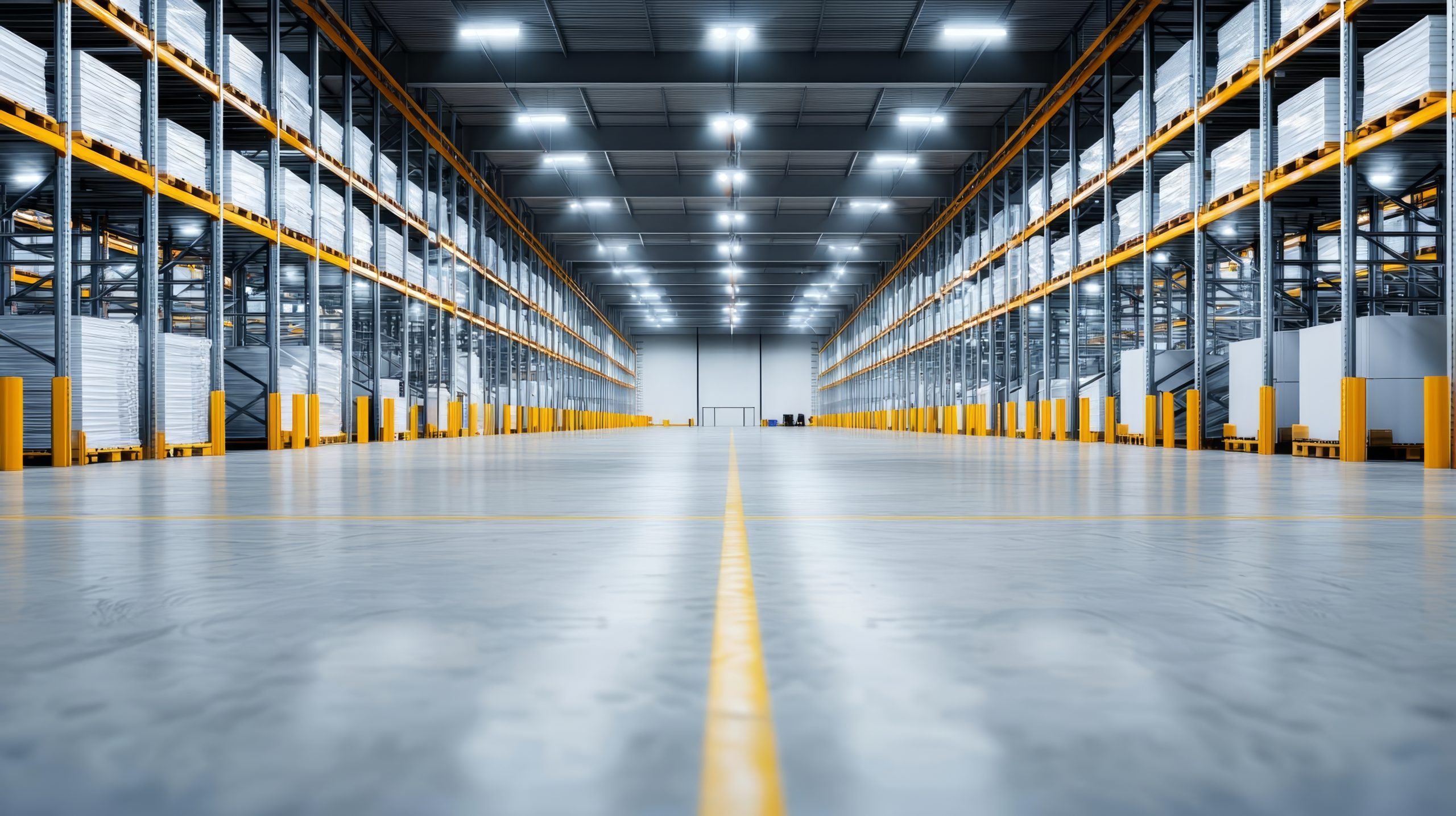


In industrial environments—think manufacturing plants, warehouses, power stations, and foundries—lighting isn’t just a utility. It’s a critical element of safety, productivity, and operational efficiency. But in high-temperature zones, even the most advanced lighting systems face performance challenges. That’s where the science of thermal management in LED lighting comes into play. Effective heat dissipation ensures that industrial lighting remains stable, durable, and energy-efficient, even under extreme heat stress.
This blog explores why thermoregulation is crucial in high temperature LED lights, how it works, and why it's a must-have feature in the modern industrial lighting landscape.
While LEDs are more efficient than traditional light sources like halogen or sodium vapor lamps, they’re still susceptible to heat buildup. Excessive temperature affects LED chips, power drivers, and circuit boards, leading to:
Reduced lumen output
Shortened lifespan
Color shifts
Flickering or total failure
In industrial lighting setups, which often run 24/7 and are mounted in elevated or enclosed spaces, there’s limited air circulation. Add the heat from manufacturing equipment or ambient temperatures in metal processing units, and you’ve got a perfect storm for thermal stress.
That’s why thermal management in LED fixtures is no longer a luxury—it’s a core performance component.
Thermal-managed LEDs are essential in industries such as:
Steel and metal processing – Where ambient heat can exceed 60°C
Textile mills – Where heat is generated by machines, and ventilation is minimal
Cold-chain facilities – Where external surfaces can get warm while internal lights are exposed to sudden temperature shifts
Oil refineries and chemical plants – With potentially volatile heat zones
In each of these, choosing a lighting system without robust thermal management in LED components can lead to system failure, safety hazards, and higher operational costs.
Thermal management in LED lighting refers to the techniques and technologies used to dissipate heat generated by LEDs and their drivers. This involves both passive and active cooling strategies:
Most industrial-grade high temperature LED lights use aluminium heat sinks designed to conduct and radiate heat away from the LED chip. These are often finned or grooved to increase surface area and improve airflow.
In environments where ambient heat exceeds 45°C, active systems like cooling fans or thermal interface materials (TIMs) may be integrated into lighting housings. These setups are more complex but essential for critical-use scenarios like cold storage heat vents or oil refineries.
Some modern fixtures include built-in sensors that automatically reduce power or shut down the light to prevent overheating. This extends the lifespan of both the LED and its internal components.
In essence, the better the thermal design, the more stable the industrial lighting output—even in extreme conditions.
So, what exactly goes into designing high temperature LED lights that are built for endurance? Here are the core factors:
Material Choice: High-conductivity aluminium or magnesium alloys draw heat away faster than plastic or lower-grade metals.
Die-Cast Housing: Industrial lights often come in die-cast enclosures that support mechanical strength and heat diffusion.
Surface Finish: Powder-coated or anodized surfaces improve heat dissipation and protect against environmental corrosion.
Driver Separation: Separating the driver from the LED board prevents heat stacking, which can otherwise cause premature failure.
IP Ratings: Fixtures built for hot environments should also be dust- and moisture-proof (IP65 or higher), especially in humid zones.
By optimizing these elements, Eveready and other industrial lighting manufacturers ensure their products withstand both the heat and the test of time.
Eveready’s industrial lighting portfolio includes products specifically engineered for environments with fluctuating or elevated temperatures.
These lights are engineered with intelligent driver technology, corrosion-resistant housing, and superior heat dissipation structures—all essential features in high temperature LED lights.
Industrial spaces demand durability—and that includes lighting. Without effective thermal management in LED systems, even the most advanced fixtures can fall short under pressure. Fortunately, modern high temperature LED lights are built with intelligent materials, thermal structures, and smart design principles that keep them cool and consistent, no matter the conditions.
Eveready’s industrial lighting solutions combine reliability, safety, and thermal resilience to meet the lighting needs of India's toughest work zones. When the heat is on, trust lighting that’s built to last—choose Eveready.